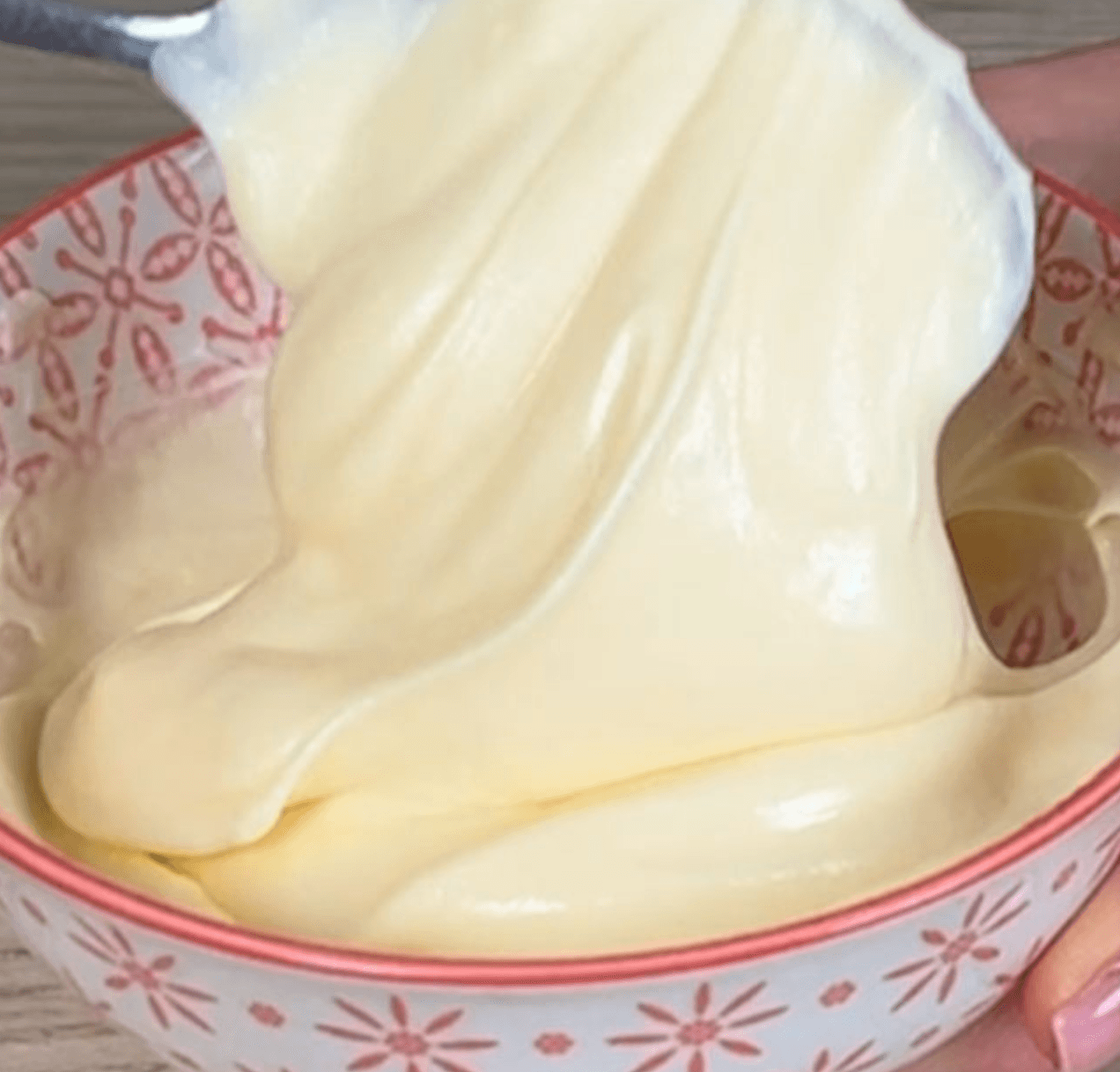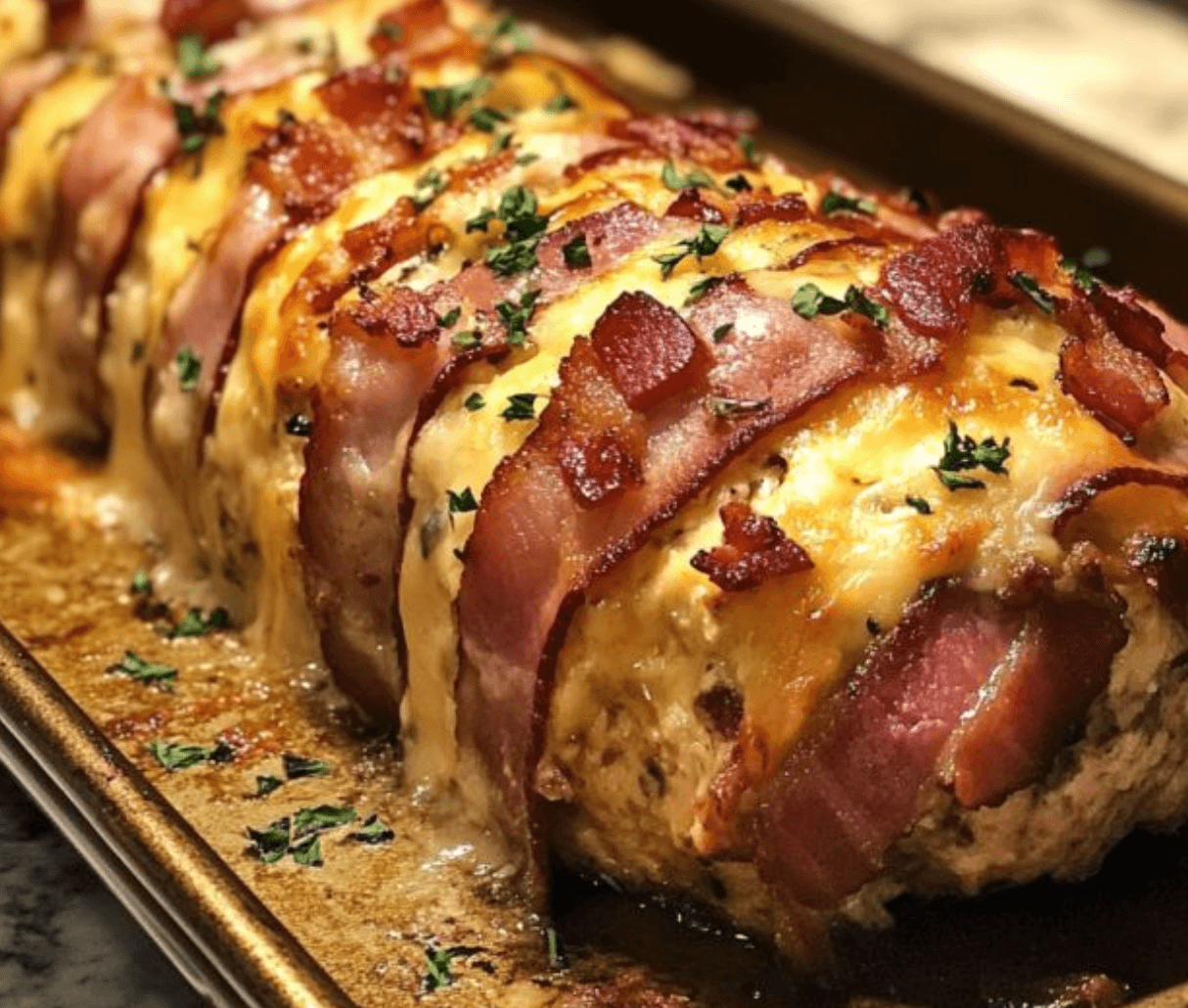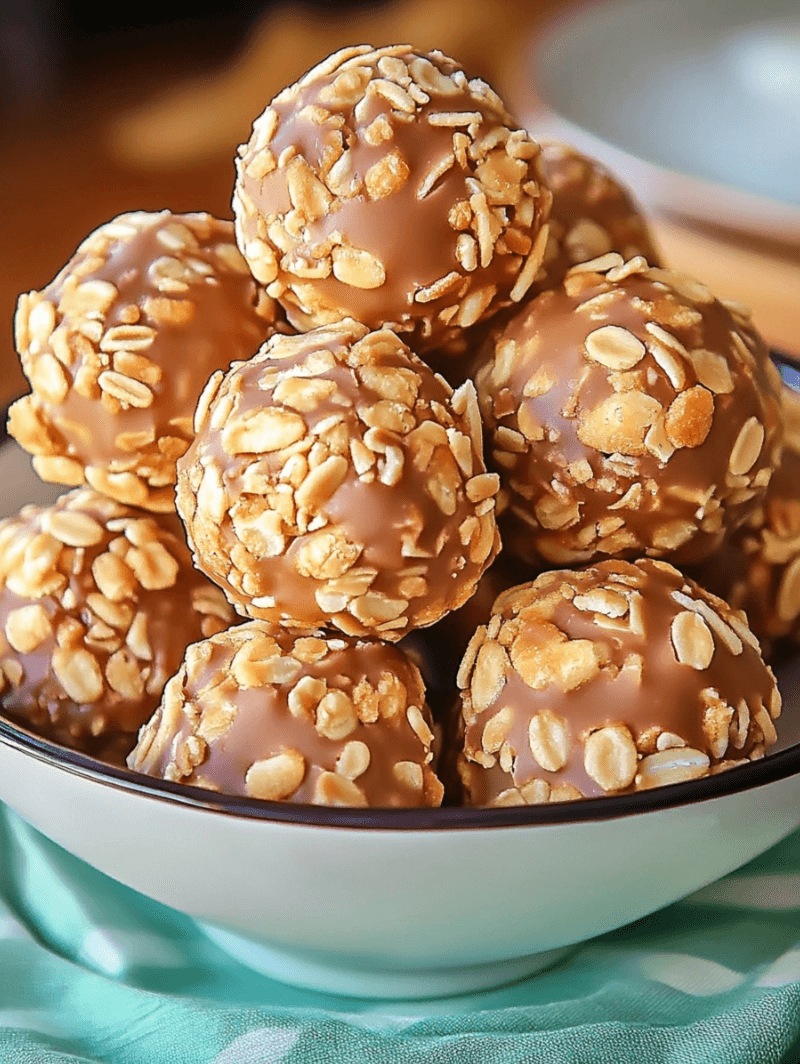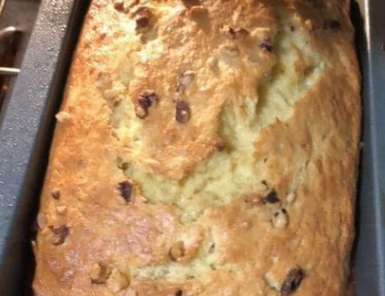No raw eggs here! Let’s learn how to pasteurize eggs at home in a few simple steps. This method ensures your eggs are safe to use in recipes like tiramisu, homemade mayonnaise, and more.
Ingredients
- 4 eggs
- 500g of mascarpone
- 50ml of water
- 120g of sugar
Method
Pasteurizing the Eggs
- Prepare a Water Bath: Fill a large pot with enough water to cover the eggs. Place a thermometer in the water and heat it to 60°C (140°F). It’s important to maintain this temperature throughout the process.
- Monitor the Temperature: Keep an eye on the thermometer to ensure the water stays at 60°C (140°F). If the temperature rises too high, add some cold water to bring it back down. If it drops too low, increase the heat slightly.
- Add the Eggs: Gently place the eggs in the water bath. Use a spoon or a slotted spoon to lower them into the water to avoid cracking.
- Maintain the Temperature: Keep the eggs in the water bath for 3-5 minutes. This duration is enough to kill any potential bacteria without cooking the eggs. Stir the water gently to ensure even heat distribution around the eggs.
- Cool the Eggs: After 3-5 minutes, remove the eggs from the water bath and place them in a bowl of ice water to stop the pasteurization process. Let them cool for a few minutes.
- Dry and Store: Once the eggs are cool, dry them with a clean towel. They are now pasteurized and can be used immediately or stored in the refrigerator for later use.
Making the Cream with Pasteurized Eggs
- Separate the Eggs: Carefully separate the yolks from the whites. Set the whites aside for another use or discard them if not needed.
- Prepare a Syrup: In a small saucepan, combine the water and sugar. Heat the mixture over medium heat, stirring until the sugar dissolves. Once the sugar has dissolved, bring the mixture to a boil and let it cook until it reaches 121°C (250°F) on a candy thermometer. This will create a sugar syrup that will further pasteurize the egg yolks.
- Whip the Yolks: In a heatproof bowl, start beating the egg yolks with an electric mixer on medium speed. Gradually pour the hot sugar syrup into the yolks in a thin stream while continuing to beat. Be careful to pour the syrup slowly to avoid cooking the eggs. Continue beating until the mixture becomes thick and pale, and the bowl is cool to the touch.
- Add Mascarpone: Once the yolk mixture is ready, add the mascarpone cheese. Beat on low speed until smooth and well combined.
- Final Mix: Increase the speed to medium and beat until the mixture is smooth and creamy. Be careful not to overbeat, as this can cause the mascarpone to curdle.
Using the Pasteurized Eggs
Pasteurized eggs can be used in any recipe that calls for raw or lightly cooked eggs. Here are some ideas:
- Tiramisu: Use the mascarpone mixture to make a classic tiramisu.
- Homemade Mayonnaise: Use the yolks to make a safe, homemade mayonnaise.
- Mousse: Use the yolks to make a light and airy mousse.
- Eggnog: Make a traditional eggnog with pasteurized eggs for safety.
Nutritional Information
Pasteurized eggs provide the same nutritional benefits as raw eggs but with reduced risk of foodborne illness. They are rich in protein, vitamins, and minerals.
Storage
- Pasteurized Eggs: Store pasteurized eggs in the refrigerator and use them within a week.
- Mascarpone Mixture: Store the mascarpone mixture in an airtight container in the refrigerator for up to 3 days.
Tips and Variations
- Consistent Temperature: Keeping the water at a consistent temperature is crucial for effective pasteurization.
- Safety First: Always use a thermometer to ensure the correct temperature is maintained.
- Other Flavors: Add vanilla extract or other flavorings to the mascarpone mixture for different variations.
Learning how to pasteurize eggs at home ensures you can safely enjoy recipes that traditionally use raw eggs. This method is simple and effective, providing peace of mind while maintaining the deliciousness of your dishes.
Step-by-Step Guide to Pasteurizing Eggs
- Prepare the Water Bath: Maintain a consistent temperature of 60°C (140°F).
- Pasteurize the Eggs: Keep the eggs in the water bath for 3-5 minutes.
- Cool and Store: Cool the eggs in ice water and store them properly.
Share the Knowledge
If you’ve enjoyed learning how to pasteurize eggs, share this method with your friends and family. It’s a valuable kitchen skill that enhances food safety.
Final Thoughts
Pasteurizing eggs at home is a practical and easy way to ensure the safety of your homemade recipes. Enjoy making and sharing your favorite dishes with the confidence that they are safe to consume. Happy cooking and see you in the next recipe!
This method provides a safe way to enjoy recipes that use raw eggs. Happy cooking






